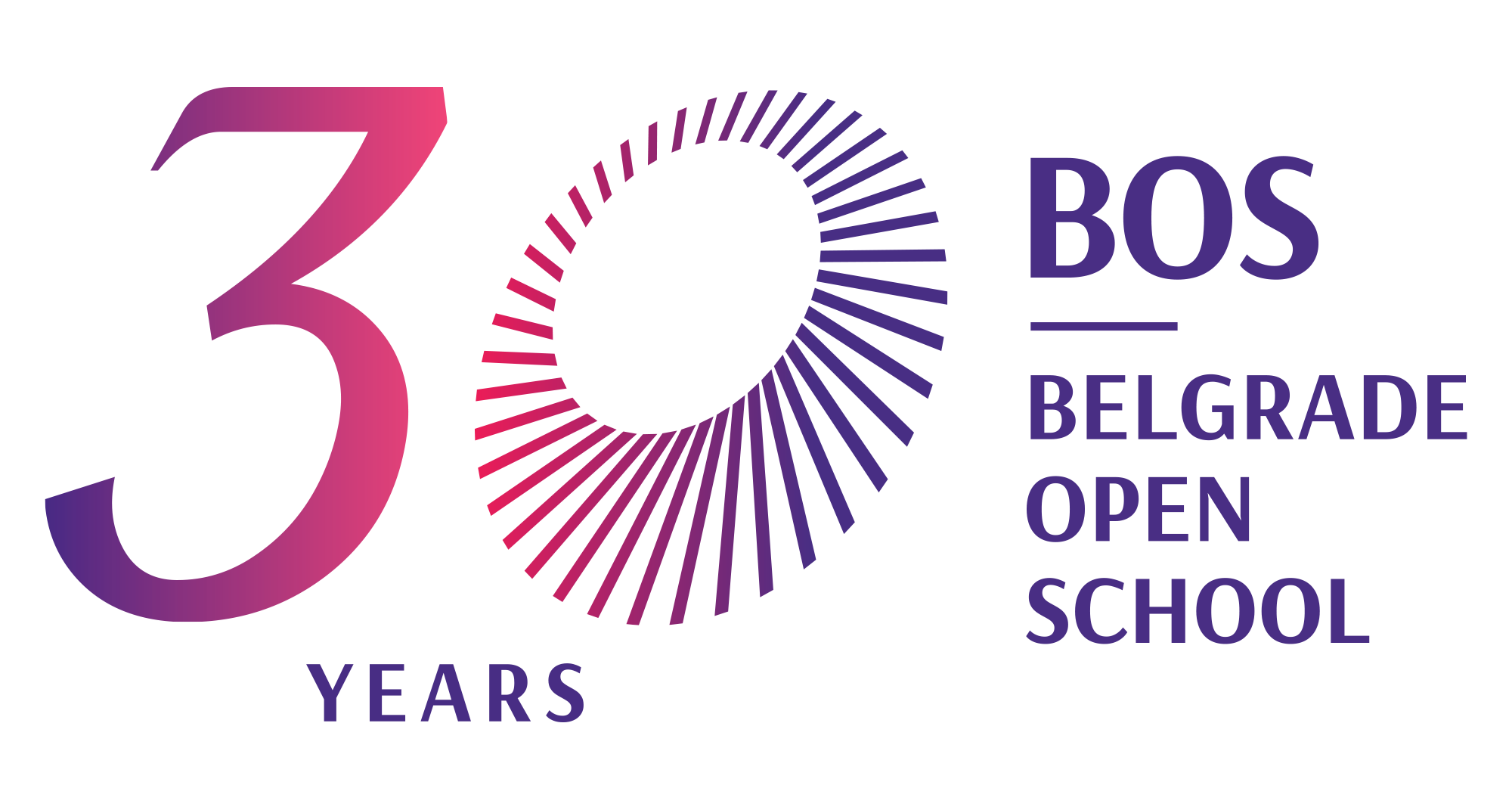The EU Emissions Trading System (EU ETS) is often mentioned as the cornerstone of EU climate policy. It aims to reduce emissions through determining pollution prices produced by greenhouse gasses (GHG) from the energy sector, industry and aviation sectors. Not only does it seek to improve investment in reducing emissions by making energy-intensive activities more expensive, it also offers a great opportunity for the EU to shift funding from polluting activities to climate action, innovation and modernization of the energy sector.
The EU Emissions Trading System (EU ETS) is one of the main tools, where the EU hopes to tackle global warming and cost-effectively reduce greenhouse gas emissions (GHGs). The main law that determines the management and functioning of the Emissions Trading System is the ETS Directive, which aims to initiate "cost-effective and economically efficient" and "scientifically necessary to avoid dangerous climate change". The EU ETS should apply the" polluter pays" principle, which means that pollution costs should be covered by those who produce it. Launched in 2005, the EU ETS is the oldest emissions trading system in the world. It was also the largest until 2021, when China's ETS began. In 2021, the EU ETS covered over 10, 400 industrial plants and power plants, as well as around 350 airlines, in 27 EU member states, Iceland, Norway and Liechtenstein.
The EU ETS is a system of "cap and trade". This means that it sets a general limit ("cap") for the total volume of greenhouse gas emissions (GHG) that plants in covered sectors can cumulatively emit. The main sectors in the EU ETS are the power plants, industry factories and aviation sector. The ETS includes six greenhouse gasses, although not in every sector.
The cap is divided into emission allowances known as EU Emissions Allowance (EUA). One emission allowance represents one ton of equivalent CO2 emissions. In 2021 the Union wide cap was approximately 1.57 billion emission allowances. Facilities in EU ETS are obliged to annually submit (or hand over) emission allowance equal to their emissions from the previous year. For example, the facility, that emitted 1 million tons of CO2, will have to transfer 1 million emission allowances to the Central Registry of European Commission in 2021.
Companies can allocate emission allowances through three main channels:
- Auctioning: the auctions are organized by the European Energy Exchange, and the income goes directly to the 27 EU member states according to the predetermined distribution key;
- Free allocation: for sectors considered to be at risk of reallocation of production, the aviation sector, and some lower-income Member states, free electricity production credits are granted;
- By buying on the open (or so-called secondary) market: there are several trading platforms where ETS operators (or others, such as financial institutions) can trade emission allowances with each other. Transfers of emissions allowances may also be included in other contracts (for example, for the purchase of heat or electricity).
The stated goal of the European Union Emissions Trading System is to encourage cost-effective decarburization in key sectors of the EU economy. The EU ETS had to reduce the combined emissions of all covered plants by 43% from 2005 to 2030. This goal has already been achieved at the end of 2020, indicating that this was not an ambitious climate goal. The declining cap will reach zero by 2058, implicitly setting a long-term course for full decarburization.
The current EU ETS target, reducing emissions by 43% in the sectors it covers by 2030 (compared to 2005), has already been reached in 2020. Total emissions from EU ETS covered facilities have fallen by an incredible 11.4% in 2020. Emissions from the energy sector and industry fell by 41% compared to 2005. This, however, tends to hide differences in emission between sectors: emissions from electricity and heat production have fallen by almost 45% since 2011, while industry emissions have barely decreased: a significant 1.3% between 2013 and 2019. The emissions reductions within the EU ETS are partly a consequence of other factors and laws, such as the COVID-19 pandemic, The Energy Efficiency Directive.
Although the central objective of the EU ETS is to reduce emissions, it has the additional benefit of generating substantial revenues through auctioning emission allowances, despite the fact that most emissions allowances are allocated free of charge to the industry. These revenues represent a huge opportunity for financing climate actions and support people going through the climate transition.
This article is a summary of the EU ETS 101 A beginner's guide to the EU Emissions Trading System, published by Bank watch in February 2022. You can find the full publication here.
Photo source: Freepik.com

